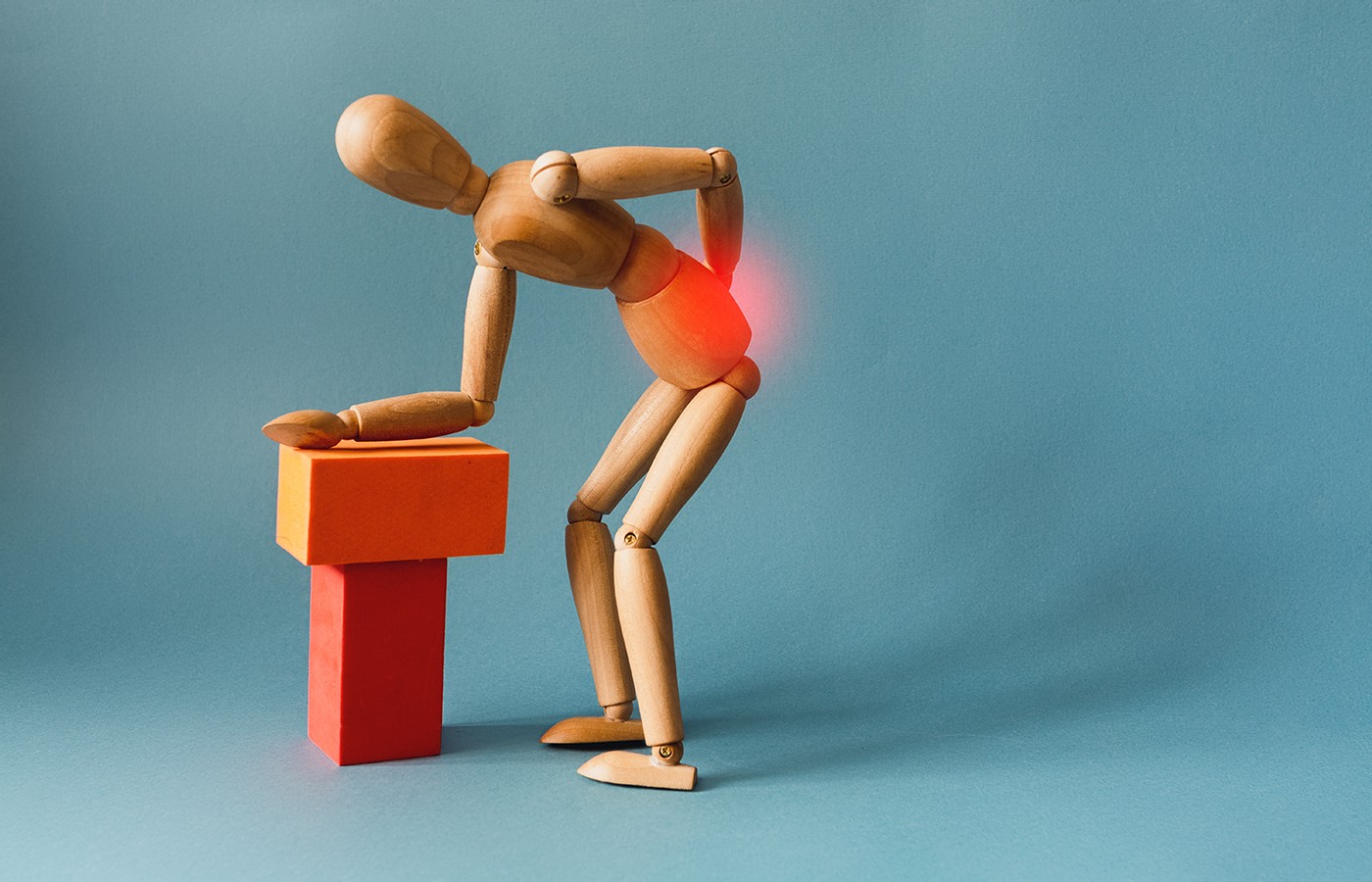New York's highest court of appeals has held that no-fault insurers cannot deny no-fault benefits where they unilaterally determine that a provider has committed misconduct based upon alleged fraudulent conduct. The Court held that this authority belongs solely to state regulators, specifically New York's Board of Regents, which oversees professional licensing and discipline. This follows a similar recent ruling in Florida reported in this publication.
Physician Specialists Fail at Managing Low Back Pain, Too
- A new retrospective observational study focuses on the use of guidelines-concordant services for LBP patients by physician specialists.
- The researchers showed that physician specialists follow the same pattern as medical PCPs in utilizing second- and third-line services more often than first-line services.
- While not the aim of this study, the authors also found that physician specialist management of neck pain (NP) was very similar to their management of LBP.
A new retrospective, observational study examines the use of first-line nonpharmaceutical and non-interventional services as supported by clinical practice guidelines (CPGs), including the American College of Physicians low-back pain CPGs.1-2 This is another in a series of excellent studies by David Elton, DC, OptumLabs vice president of musculoskeletal R&D (and our 2022 Person of the Year3), and colleagues.
This study focuses on the use of guidelines-concordant services for LBP patients by physician specialists (PS), which include orthopedic surgeons, neurosurgeons, physical medicine and rehabilitation, pain management, neurology, and rheumatology physicians. The assumption is that medical providers whose specialties include LBP will be more likely than primary care providers (PCPs) to recommend first-line services such as active care (AC), manual therapy (MT), chiropractic manipulative therapy (CMT), osteopathic manipulative therapy (OMT), and acupuncture.
The study sample included “91,096 individuals, with a median age of 49 (Q1 38, Q3 57), and 54.9% females. These individuals were associated with 98,992 complete non-surgical LBP episodes involving 33,277 unique PS. There were $127,500,028 in reimbursed health care expenditures with a median total cost per episode of $389 (Q1 $138, Q3 $1,263).”
Sadly, 76.0% of the nonsurgical LBP episodes did not include any first-line services. Among the more common first-line services experienced by the remaining 24% were active care (19.5% of episodes), manual therapy (13.7%) and CMT (6.5%). Osteopathic manipulation and acupuncture were rarely provided.
In contrast, patients “were more likely to receive radiography (41.3%), prescription NSAIDs (24.8%), MRI (22.2%), opioids (18.8%), skeletal muscle relaxants (16.2% of episodes), and spinal injections (14.0%) than all first-line services except AC.” Non-concordant care has been shown to increase the risk of acute LBP transitioning to a chronic condition.4
The timing of first-line services is also important. Within the first seven days of care, only 7.3% of patients received first-line services, the most common of which were active care (5.9% of episodes), manual therapy (3.7%) and CMT (1.0%). These were “associated with a reduction in the use of prescription skeletal muscle relaxants (risk ratio 0.88) and opioids (0.55), spinal injections (0.84), and CT scans (0.71), with no impact on the use of prescription NSAIDs, radiography, or MRI scans.” The cost of first-line services increases progressively the later the first-line service is introduced.
CMT in the first seven days was associated with significant reductions in CT scans (0.51), MRI (0.70), prescription opioids (0.83) and radiography (0.88). CMT added in the next 8-14 days was associated with similar reductions in exposure to spinal injections (0.69) and MRI (0.81).
The researchers showed that physician specialists follow the same pattern as medical PCPs in utilizing second- and third-line services more often than first-line services, with nearly identical results to an earlier study of primary care physician nonsurgical LBP management. Like medical PCPs, physician specialists utilize clinical practice guideline-recommended first-line services infrequently; and then only after trying lower-value second- and third-line services.5
Interestingly enough, while not the aim of this study, the authors found that physician specialist management of neck pain (NP) was very similar to their management of LBP, with only 24.3% of NP episodes receiving any first-line care. The utilization of the most common first-line services for LBP and NP: active care (19.5% for LBP, 19.3% for NP), manual therapy (13.7%, 15.7%) and CMT (6.5%, 6.7%). Surprisingly, chiropractic care is utilized more often for neck pain than LBP for patients managed by physician specialists.
These findings suggest that physician specialists, like medical primary care physicians, are in need of a better understanding of low back and neck pain clinical practice guidelines – particularly the importance of leading with first-line care like chiropractic. Concordance with such guidelines not only improves patient outcomes, but also reduces unnecessary pharmaceutical utilization and related side effects.
Editor’s Note: As is the case with other recent research by Dr. Elton and colleagues reported in Dynamic Chiropractic in the past, this latest study is a preprint and has not yet been certified by peer review. It reports new medical research that has yet to be evaluated and thus should not be used to guide clinical practice.
References
- Elton D, Zhang M. Low back pain service utilization and costs: association with timing of first-line services for individuals initially contacting a physician specialist. A retrospective cohort study medRxiv 2023.03.22.23287530. Read Here
- Qaseem A, Wilt TJ, McLean RM, et al. Noninvasive Treatments for Acute, Subacute, and Chronic Low Back Pain: A Clinical Practice Guideline From the American College of Physicians. Ann Intern Med, April 2017;166(7):514-530. Read Here
- “Opening Doors for Chiropractic.” Dynamic Chiropractic – December 2022;40(12). Read Here
- “The Road That Leads to Chronic Low Back Pain.” Dynamic Chiropractic, April 2021;39(4). Read Here
- “Insurers Are Finally Figuring It Out.” Dynamic Chiropractic – September 1, 2022, Vol. 40, Issue 09. Read Here



